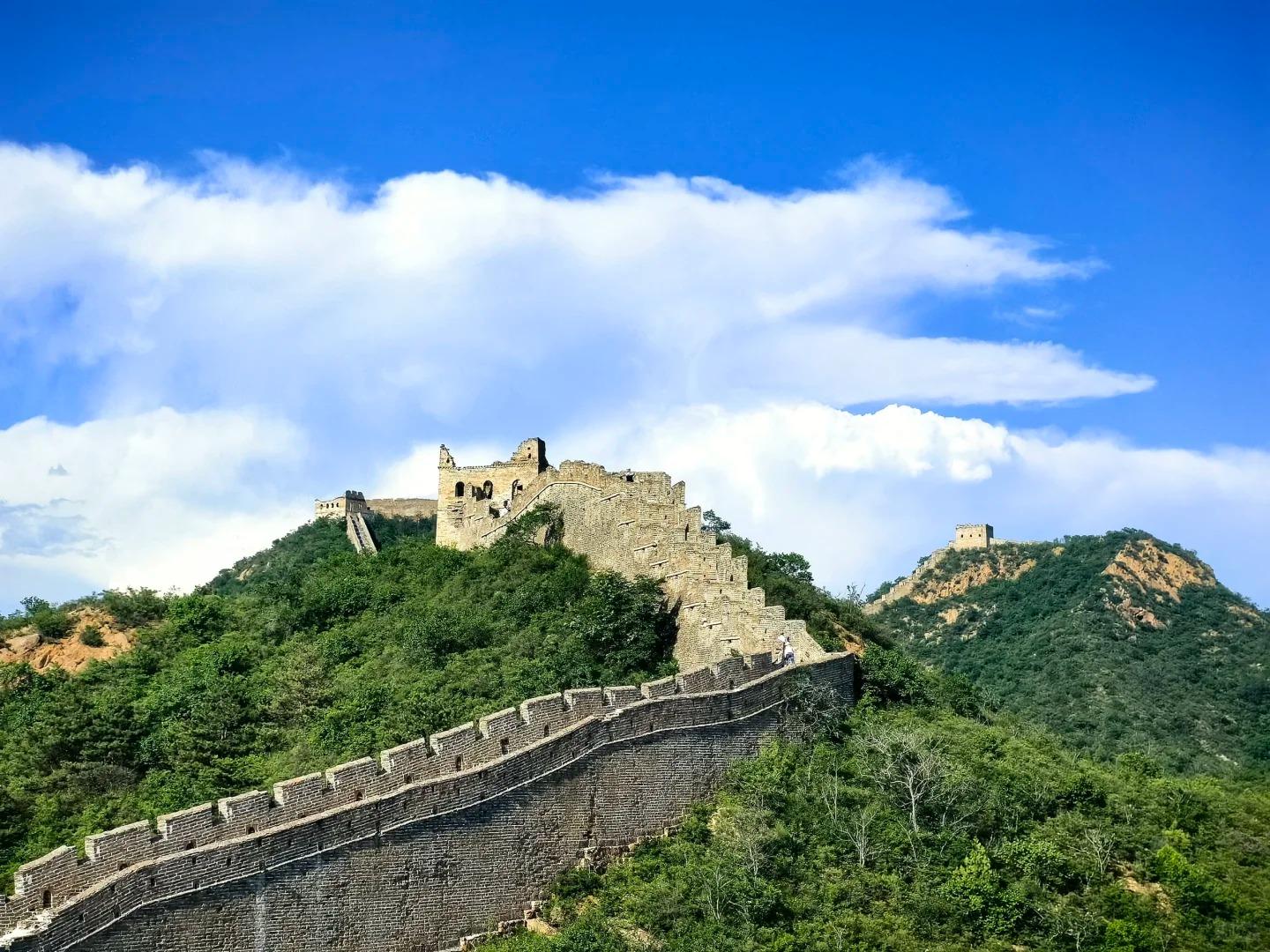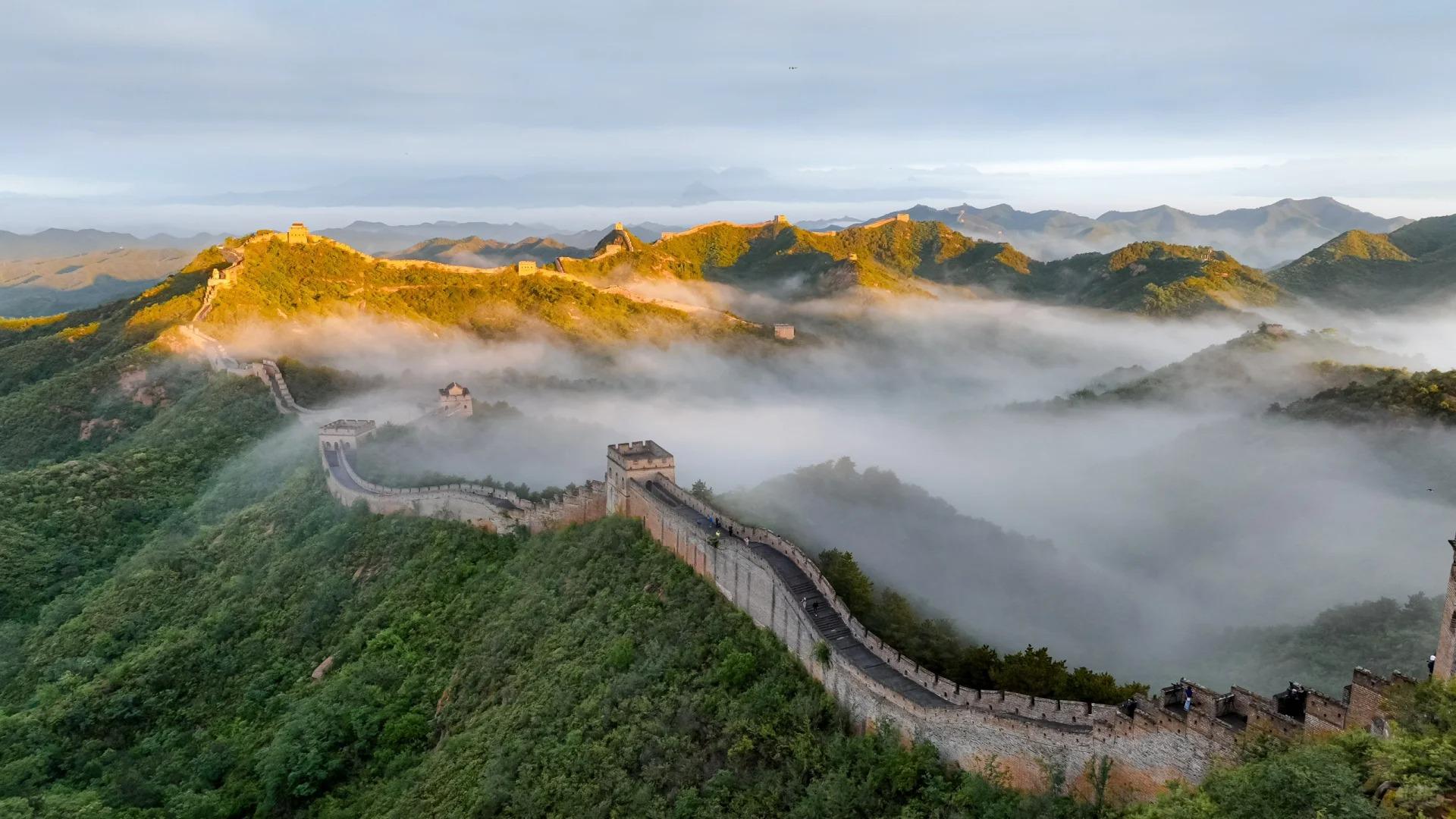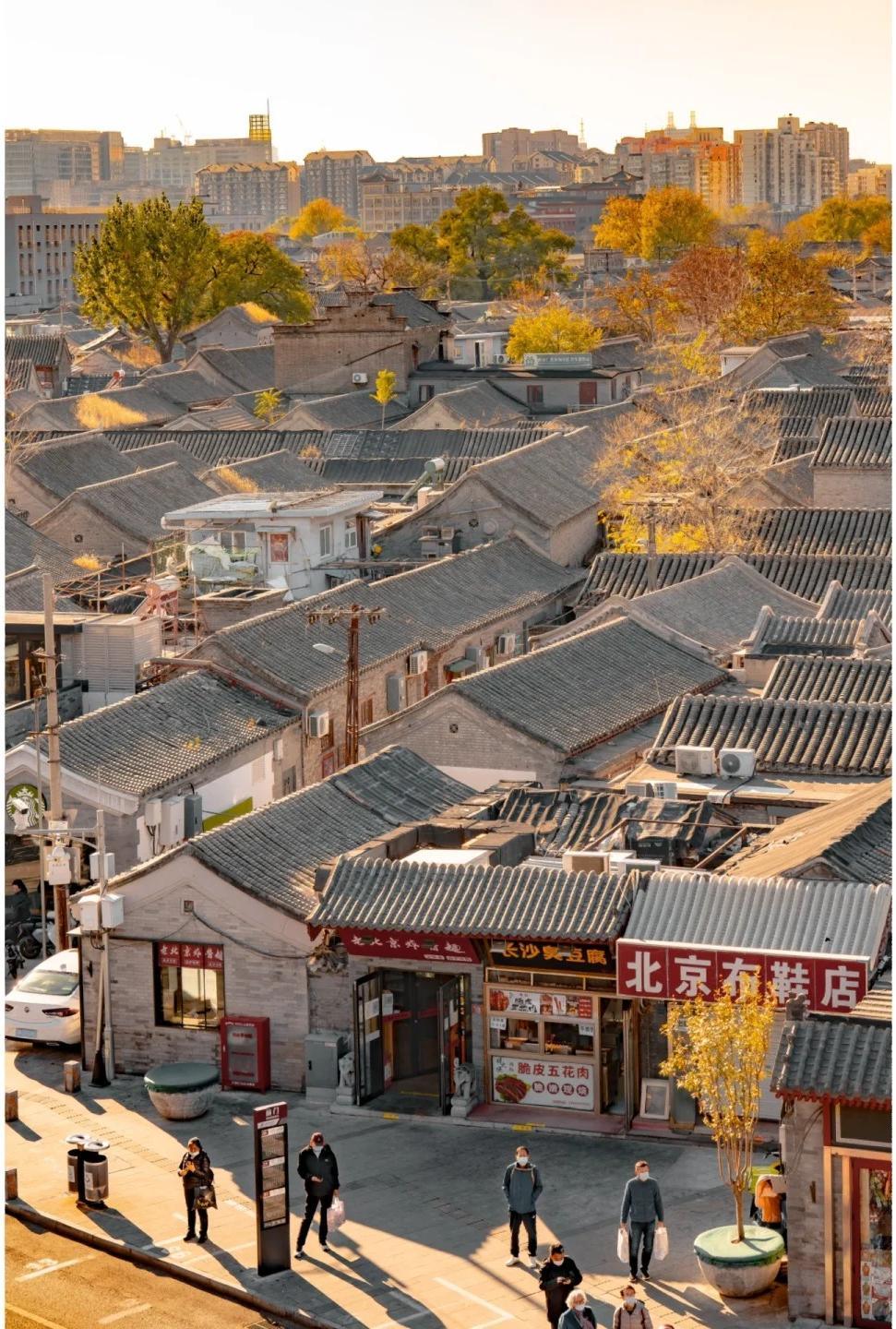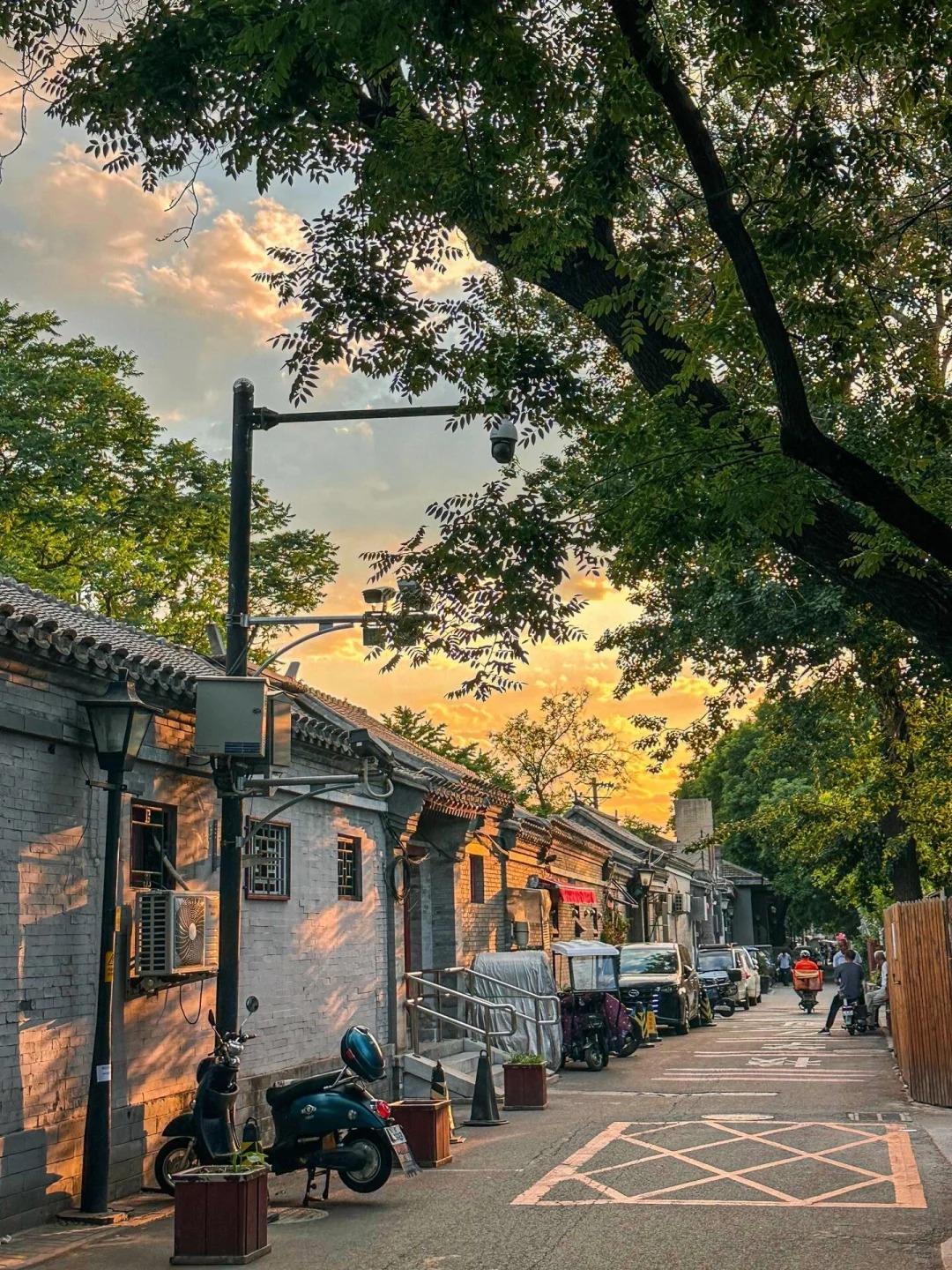Introduction to North China
North China, a region steeped in history and brimming with cultural significance, encompasses a vast area of the country’s northern territories. Stretching from the Great Wall in the north to the Yellow River in the south, this region has been the cradle of Chinese civilization for millennia.
Major cities in North China include:
- Beijing: The capital and cultural heart of China
- Tianjin: A major port city and industrial center
- Shenyang: The largest city in Northeast China
- Xi’an: Ancient capital and home to the Terracotta Army
These urban centers showcase a blend of ancient heritage and modern development, offering visitors a unique glimpse into China’s past, present, and future.

Climate and Landscape
North China experiences distinct four seasons:
- Spring: Mild temperatures with occasional sandstorms
- Summer: Hot and humid with frequent rainfall
- Autumn: Cool and dry, ideal for sightseeing
- Winter: Cold and dry with occasional snowfall
The region’s landscape is dominated by:
- The vast North China Plain
- The Loess Plateau, known for its yellow, silty soil
- Mountain ranges like the Taihang and Yin Mountains
Environmental challenges, such as desertification and air pollution, have prompted significant conservation efforts in recent years, including reforestation projects and stricter emission controls.

Historical and Cultural Landmarks
| Landmark | Location | Significance |
|---|---|---|
| Great Wall | Various locations | Ancient defensive structure, symbol of Chinese civilization |
| Forbidden City | Beijing | Imperial palace complex, political center for over 500 years |
| Terracotta Army | Xi’an | Vast collection of terracotta sculptures depicting Emperor Qin’s army |
| Pingyao Ancient City | Shanxi Province | Well-preserved example of a Ming and Qing dynasty city |
These landmarks offer visitors a tangible connection to China’s rich history, from imperial grandeur to everyday life in ancient times. Religious sites like the Temple of Heaven in Beijing and the Giant Wild Goose Pagoda in Xi’an provide insights into China’s spiritual traditions.
Modern North China
Today, North China stands as an economic powerhouse, home to:
- Major industrial centers in cities like Tianjin and Shenyang
- The Zhongguancun technology hub in Beijing, often called “China’s Silicon Valley”
- World-class educational institutions and research facilities
The region’s urban landscape is a testament to China’s rapid modernization, featuring:
- Iconic skyscrapers like the CCTV Headquarters in Beijing
- Cutting-edge transportation networks, including extensive subway systems and high-speed rail links
- Green initiatives such as eco-cities and sustainable urban planning projects

Culinary Traditions
North China’s cuisine is characterized by:
- Hearty, wheat-based dishes like dumplings and noodles
- The use of strong flavors, including garlic and vinegar
- Famous dishes such as Peking duck and hot pot
Regional variations abound:
- Beijing cuisine: Known for its imperial influences
- Shandong cuisine: Emphasizes fresh ingredients and seafood
- Shaanxi cuisine: Features unique flavors like cumin and chili
Street food culture thrives in North China, with local markets and food streets offering a wide array of quick, delicious bites. The region’s cold winters have influenced food habits, resulting in warming dishes and preserved foods.

Arts and Cultural Experiences
North China offers a rich tapestry of cultural experiences:
- Traditional performing arts: Beijing Opera, with its colorful costumes and stylized performances
- Modern art scene: 798 Art District in Beijing, showcasing contemporary Chinese art
- Museums: The Palace Museum, National Museum of China, and numerous regional museums
- Festivals: Spring Festival (Chinese New Year), Mid-Autumn Festival, and the Harbin Ice Festival
These cultural offerings provide visitors with a deep dive into both traditional and contemporary Chinese culture, highlighting the region’s artistic heritage and ongoing creative evolution.

Travel Tips and Practical Information
Best times to visit:
- Spring (April-May) and Autumn (September-October) for comfortable weather and fewer crowds
Transportation:
- Major airports in Beijing, Tianjin, and Xi’an
- Extensive high-speed rail network connecting major cities
- Well-developed public transportation within cities
Accommodation:
- Range from luxury international hotels to budget-friendly hostels
- Consider staying in traditional courtyard houses (siheyuan) for a unique experience
Language considerations:
- Mandarin Chinese is the primary language
- English is increasingly common in major tourist areas and hotels
Must-visit destinations for first-time travelers:
- Beijing: Forbidden City, Great Wall, Temple of Heaven
- Xi’an: Terracotta Army, Ancient City Wall
- Pingyao: Well-preserved ancient city
- Harbin: Ice and Snow Festival (winter)
- Chengde: Mountain Resort and outlying temples
By exploring North China, visitors can experience the very essence of Chinese culture, from ancient wonders to modern marvels, all while enjoying the warmth of northern hospitality and the flavors of its distinctive cuisine.






